
Polynesian culture is an integral part of a trip to Tahiti. Tradition and culture are everywhere in French Polynesia. Culture and tradition are also omnipresent in the daily life of Polynesians. Polynesians are very hospitable. You will be welcomed like kings on an island or atoll in Polynesia. They express their joy of living in their songs, music, and colorful dances inspired by daily life.
Polynesian culture is rich in history, tradition, and diversity, deeply rooted in the islands of the Pacific Ocean. Spanning across a vast area that includes Hawaii, Tahiti, Fiji, Samoa, and Tonga, Polynesia's cultural practices have been shaped by centuries of seafaring, artistry, and spiritual beliefs. With a profound connection to the land and sea, Polynesians have developed unique customs, languages, and social structures that are still celebrated today. From their impressive navigation techniques that allowed them to travel vast distances across the ocean to their intricate tattoo artistry and vibrant dance performances, Polynesian culture is a living testament to the resilience and creativity of its people.
If you are planning a holiday in French Polynesia, you can access airport information on the Bora Bora Airport Taxi and Tahiti Airport Taxi Transfer pages and book a reliable airport - hotel transfer at the best prices!
Quick Facts about the Polynesian
- Most of the Polynesian islands are volcanic, which means they were formed by lava erupting from the sea floor.
- Polynesia is a collection of Pacific Ocean islands. They encompass nearly 800,000 square kilometers of land.
- It's no wonder Polynesians were masters of their maritime environment in the past, given their population's dispersion across many island groups.
- New Zealand's original Polynesian people, the Mori, are the country's first people. "Normal" or "natural" is the meaning of this name.
- Leis are a collection of things strung together and worn as necklaces. The floral garland is the most well-known lei. They were initially worn as a tradition by ancient Polynesians.
- The country comprises six Polynesian countries: New Zealand, Solomon Islands, Tonga, Tuvalu, Vanuatu, and Samoa.
Identity Card of Polynesia
Status: French overseas territorial collectivity.
Surface area: Barely 4,167 km² of land, of which nearly a third is Tahiti. The whole is divided into 118 islands (67 of which are inhabited) and 5 archipelagos: occupying a maritime area of 2.5 million km²: the Windward Islands, the Leeward Islands, the Tuamotu-Gambier, the Marquesas, and the Austral Islands. The naval territory is as vast as Western Europe!
Population: 279,300 (2020 estimate), of which nearly 85% live in Tahiti and its neighbor Moorea.
Capital: Papeete, on the island of Tahiti.
Density: 68 inhabitants/km².
Ethnicities: 66% of the inhabitants of French Polynesia are Polynesians of Maori origin, 17% of "demis" (mixed-race between Maoris, Chinese, and Europeans), 5% of Asian descent (especially Chinese), and 12% of Europeans, including a large majority of French (divided into local French and expatriate metropolitans) and Italians
Polynesian Religion: Protestant (35%) and Catholic (34%) majorities.
Languages: French, the official language, and Reo Maohi, the Tahitian language, widely spoken in Polynesia.
Currency: Pacific franc (CFP franc).
Regime: parliamentary democracy. French Polynesia is an overseas country (POM) with considerable autonomy, resulting from a status that has been redefined several times.
President of the Assembly: Gaston Tong Sang (since May 2018).
The History of Polynesia
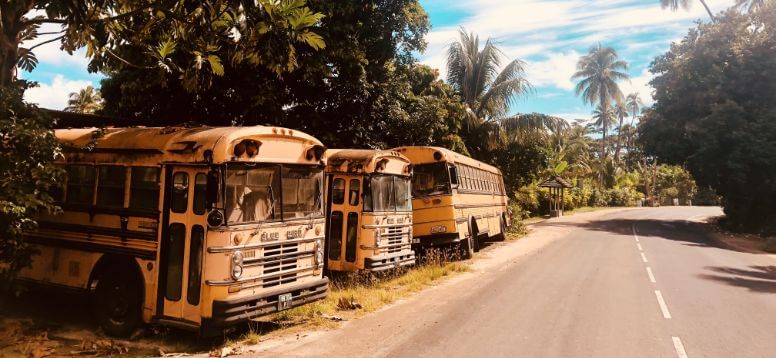
Photo by Reiseuhu on Unsplash
Polynesian history can be broken down into two distinct periods. The first one takes place before the arrival of the European explorers on the territory, as the inhabitants of South Asia migrate to the Polynesian archipelagos during the first centuries of our era. In 1521, Magellan discovered Polynesia, and 300 years later, French colonization began with the establishment of the protectorate.
The Culture in Polynesia
Take advantage of your trip to discover the culture of Polynesia. Whether you like dancing, singing, literature, painting, tattoos, or architecture, the archipelago offers much to art and culture lovers. Here we introduce you to the specifics of Polynesian culture in all its originality and exoticism, from the great stone Tikis to the energetic choreography and the art of sound percussion.
Celebrations & Festivals
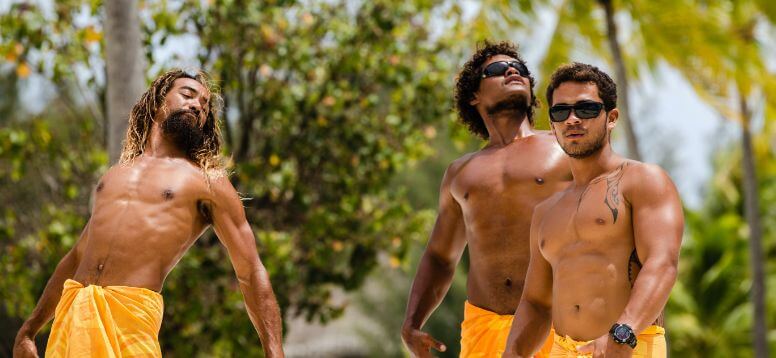
Photo by Artak Petrosyan on Unsplash
The New Year is celebrated with enthusiasm on all the islands. In Tahiti, it's time for the Kaina Tour, from one beach to another, from one party to another. In January or February, the Chinese New Year fills the streets of Papeete with paper lions and tigers, poking their heads out to the sound of gongs. In May, the Billabong Pro brings together the world's best surfers on the Teahupo'o spot, a reef break renowned for its killer hits.
At the beginning of May, in Tubuai, in the Austral Islands, the arrival of the Bounty on the island is celebrated. Every year, in June and July, the great Heiva allows Tahitians to reconnect with the grandeur of the past. On the program: songs, dances, VA (dugout canoe) competitions, traditional games, fire-walking, crafts, etc. A living and direct witness to the tremendous Polynesian cultural revival. October sees the Tahitian carnival (somewhat artificial) and the excellent pirogue race Hawaiki Nui Va'a. About a hundred boats set off for a crossing between the islands of Huahine and Bora-Bora. On the first Sunday of December, in Tahiti, Tiare Day honors this inseparable flower of Polynesia.
The Heiva
The "Heiva I Tahiti," the most famous of Polynesian cultural festivals, usually begins on June 29 (Independence Day) and lasts for a month (including the national holiday of July 14). Events during this period include fierce competitions between the best song and dance groups and traditional sports competitions, such as dugout races, javelin throwing, copra preparation, stone lifting, etc.
Music & Dance & Craft in Polynesia
Closely related, music and dance are essentially part of the cultural renaissance of the archipelago. The inhabitants once used both to tell their stories. Since the 1960s, song, and dance have become integral to Polynesian cultural life, with the tamure and UPA UPA particularly a must for drummers.
There are 4 types of Tahitian dances:
The Otea, a somewhat warlike dance initially reserved for men, is today the most famous of Tahitian dances. Its choreography is organized around a theme, and its accompanying music, performed with the help of percussion instruments, is made up of rhythmic patterns called "pehe."
The Aparima, where the dancers' hands mime the story. The silent version (viva) is a pantomime usually performed on the knees and accompanied by percussion—the sung version (himene), whose gestures are related to a song accompanied by string instruments.
The Hindu, where dancers move in circles, where a male soloist launches a phrase taken up by the choir, where the orchestra is composed of various drums, and where the dancers' songs give the rhythm.
The Pa'o'a, a dance inherited from the gestures of tapa making, where male and female dancers crouch in a semi-circle. A vocal soloist launches a theme to which the choir responds, and a couple stands up and performs a short dance in the circle, emphasized by "hi" and "ha."
Multiple exhibitions organized throughout the year in each archipelago demonstrate the fertile creativity of the artisans. The art of weaving declined in various creations, such as hats, baskets, and mats.
The women of the Austral Islands are notably "masters" in this discipline, using the vegetable fibers of the pandanus, the coconut palm, or the reed.
Tifaifai" are hand-sewn bedspreads with plant or ethnic motifs, reproducing elements of nature. An annual exhibition is dedicated to this traditional art, which is present in all Polynesian families.
The Tattoo
Polynesian tattoo art is a tradition common to the Polynesian triangle: French Polynesia, Hawaii, New Zealand, American Samoa, Tonga, Easter Island, and the Cook Islands. The terms "tattoo" or "tatoo" come from the Tahitian "tatu."
Its origins go back to the mythical time of the Polynesian genesis. Today, the tattoo is called "e patu tiki," which means "to strike images." From a graphic and symbolic point of view, the Polynesian tattoo takes different forms that should not be confused.
The Monoï
Monoi, the result of the association of two emblematic natural resources, is born from the union of the Tiare flower and the coconut. Combined with other local natural products, such as vanilla, frangipani, and sandalwood, monoi is available in shampoos, soaps, perfumes, body lotions, hair lotions, anti-mosquito products, and sun oils.
How to Respect the Beautiful Local Culture?
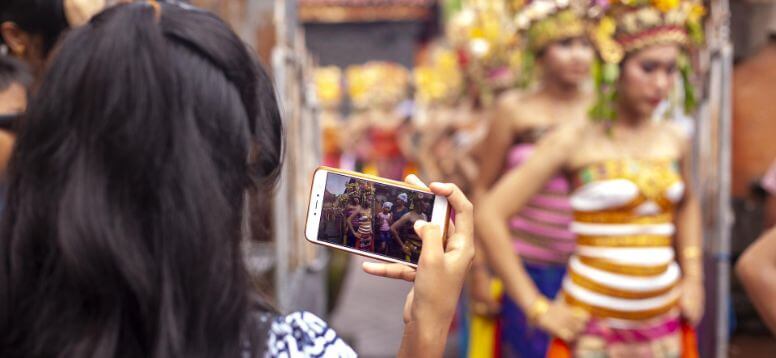
Pixabay
If you ask a Polynesian, "How do you respect your Polynesian culture?" you will get these answers:
1-Show respect and kindness to everyone
2- Remove your shoes before entering home
3-Watch the wildlife from a distance
4-Respect Hula
Gastronomy in Polynesia
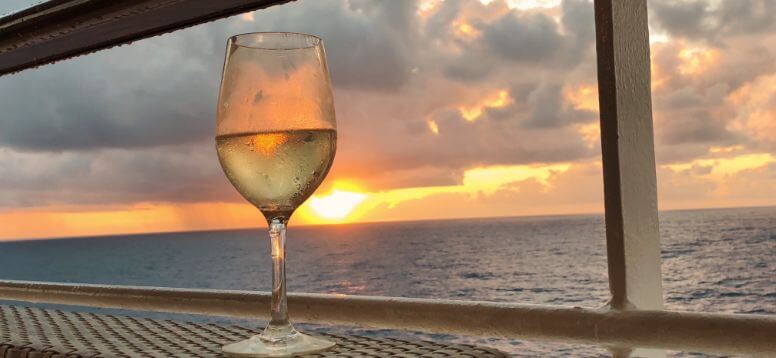
Photo by Reiseuhu on Unsplash
It is impossible to travel in the Pacific without enjoying Polynesian cuisine. Refined, spicy, and exotic, the local cuisine is for us one of the best reasons to travel to the archipelago. Discover our selection of favorite dishes and drinks. Asian cuisine, Polynesian beer, Rangiroa wine. As many culinary specialties as there are islands!
The Kitchen in Polynesia
The traditional Polynesian cuisine offers a maximum change of scenery from breakfast. The locals love to eat freshly caught raw fish in the morning. Diced pieces of tuna and bonito are then marinated in onion, lemon juice, coconut milk, garlic, tomato, and chives. A dish that Tahitians like to eat at any time of the day.
The kitchen in Polynesia is deeply connected to the land, sea, and community, reflecting the region's cultural values of hospitality, sustainability, and respect for nature. Traditional Polynesian cooking relies heavily on locally sourced ingredients, with a focus on fresh seafood, tropical fruits, vegetables, and root crops. Fish, such as tuna, marlin, and parrotfish, are staples, along with coconut, taro, breadfruit, sweet potatoes, and bananas. The preparation of food often involves unique cooking techniques, including "umu", a traditional earth oven, where food is wrapped in banana leaves and slow-cooked in a pit over hot stones, creating a smoky flavor and tender textures.
Beverages in Polynesia
In addition to all the imported soft drinks, you will find in Polynesia a wide selection of fresh fruit juices and exotic cocktails such as margaritas or Mai Tais, to be enjoyed with your feet in the sand or by the pool. Another local specialty is Rangiroa wine. Pink or white, dry or sweet, Tahitian wine is a genuine local curiosity. Don't miss the opportunity to visit the vineyard along a superb coral road.
One hundred meters from the lagoon, the Ampélidacées estate will offer you a visit to the vineyards followed by a memorable wine tasting in the heart of a tropical and preserved environment.
Traditions and Customs of French Polynesia
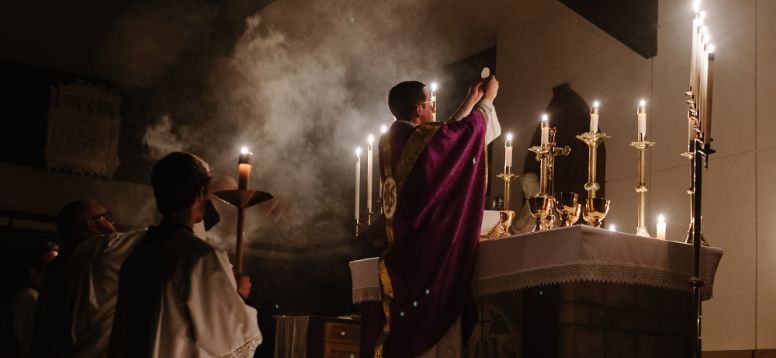
Photo by Josh Applegate on Unsplash
Over time, each Polynesian group has developed its own social rules and forms of art and thought. But one unity is apparent: everything in the Polynesian world is impregnated with the sacred. The relaxation observed by the European discoverers is only apparent. In truth, Polynesian societies are governed by innumerable social and religious rules based on a rigid system of castes and taboos.
Religions in Polynesia
Religion in Polynesia is an integral part of the cultural identity and way of life across the islands. Polynesia, with its diverse and interconnected communities, has experienced a mix of traditional indigenous beliefs and influences from various world religions over centuries. Here’s an overview of the primary religions in Polynesia:
Although there are no longer any official statistics on religious affiliation, the number of "historic" Protestants is now estimated at 38%, roughly the same as Catholics. The remaining quarter is scattered among Mormons (official and Reformed) at 10%, Adventists (5.8%), Jehovah's Witnesses (2%), Pentecostals (1.5%), and other minor religions (primarily Asian, plus Bahai).
In summary, Polynesia's religious landscape is a blend of ancient indigenous beliefs and modern Christian influences, with ongoing efforts to preserve and integrate traditional practices alongside global religious trends.
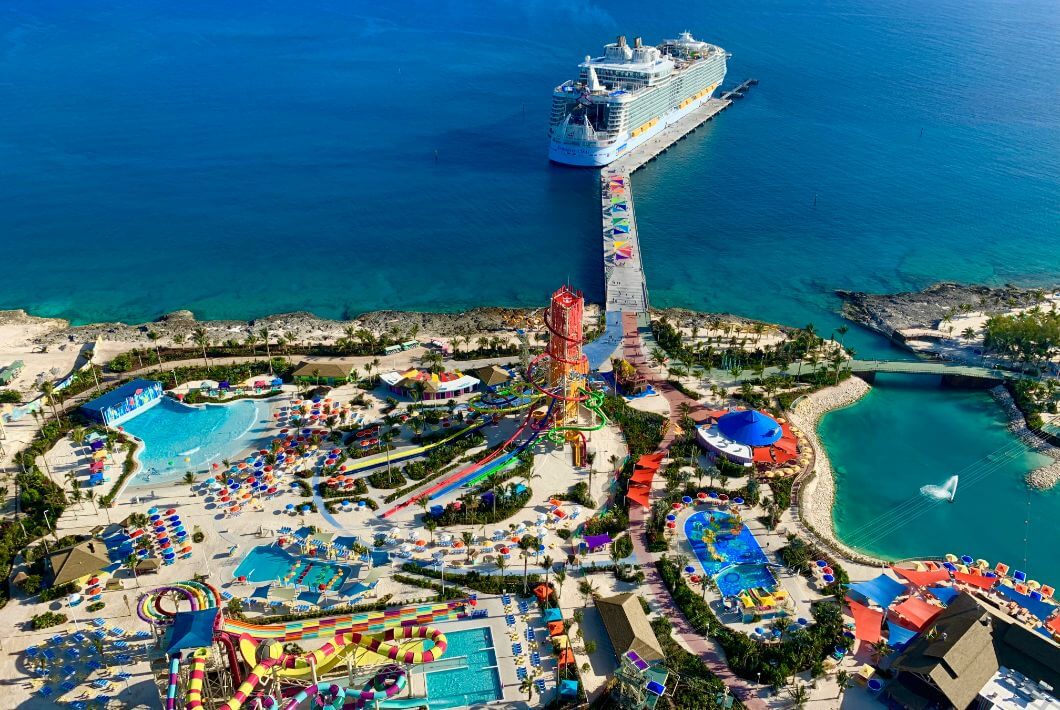 Fernando Jorge on
Fernando Jorge on 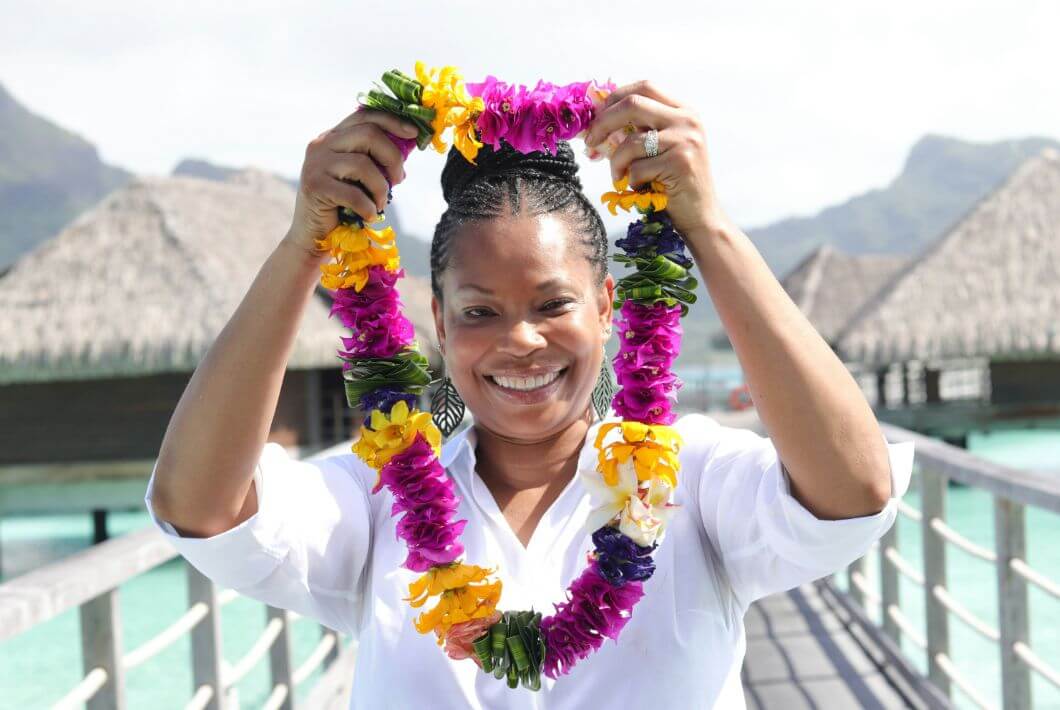 Nathenia Landers on
Nathenia Landers on 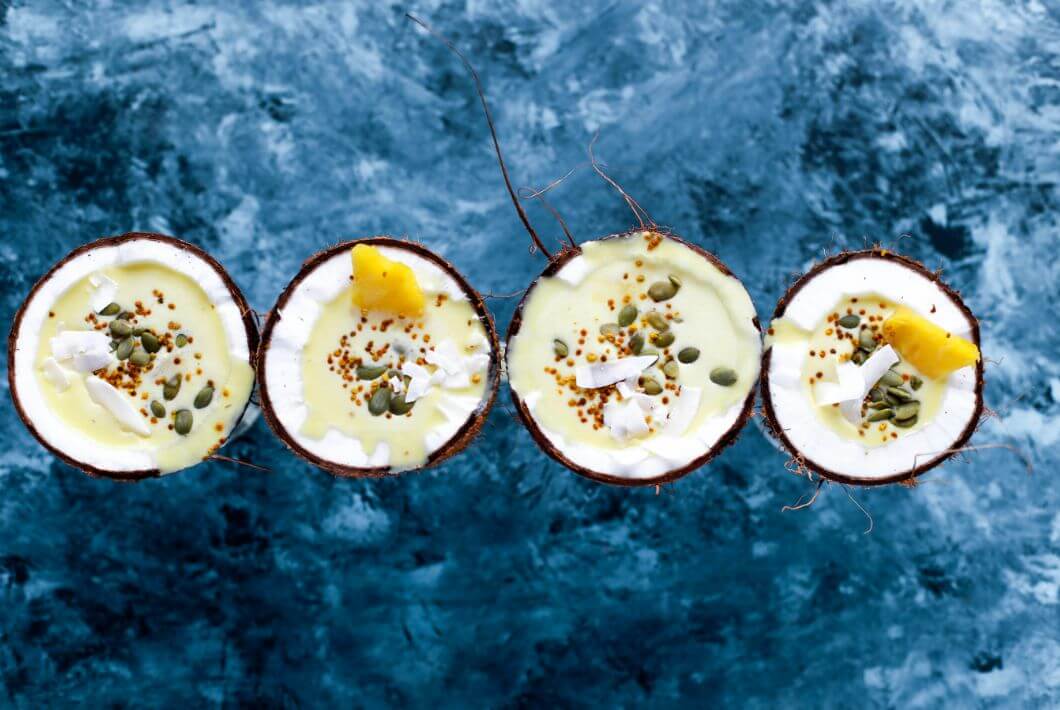 Brenda Godinez on
Brenda Godinez on 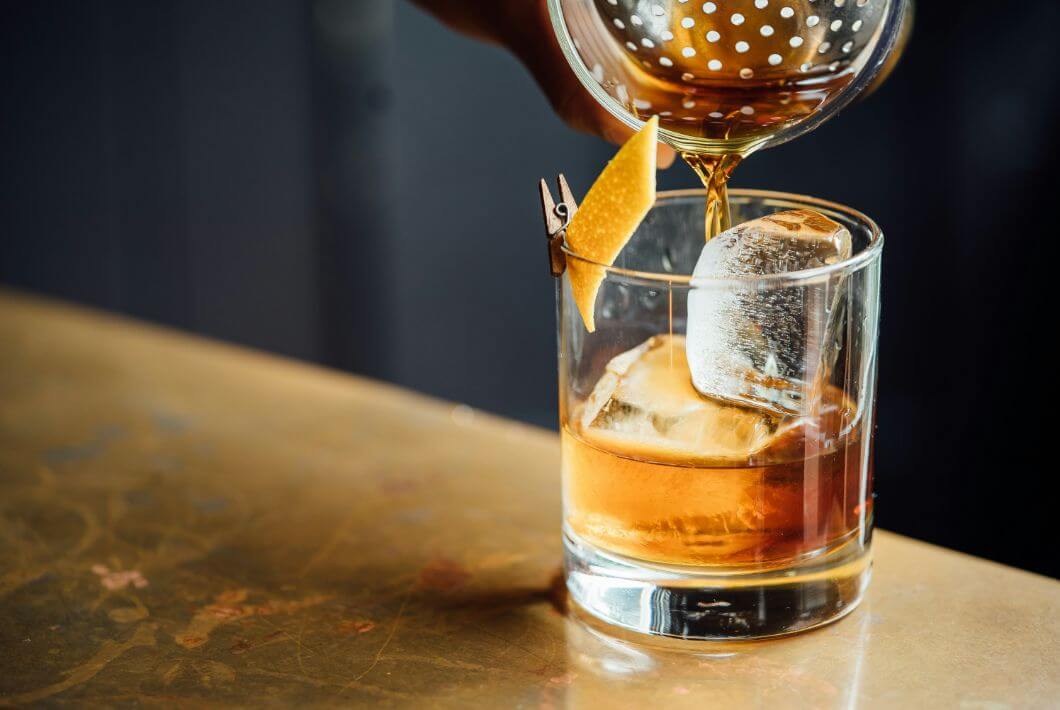 Adam Jaime on
Adam Jaime on